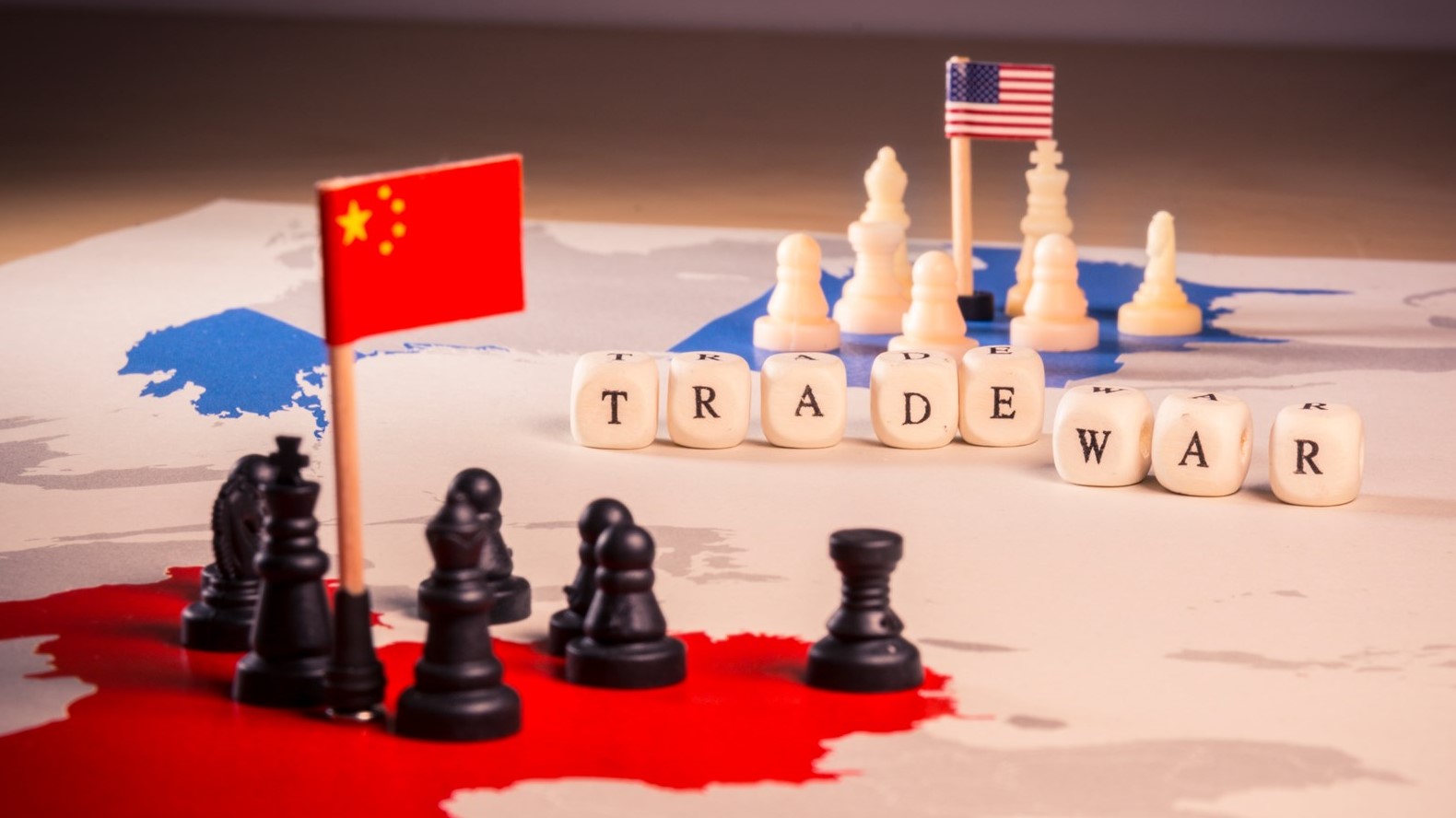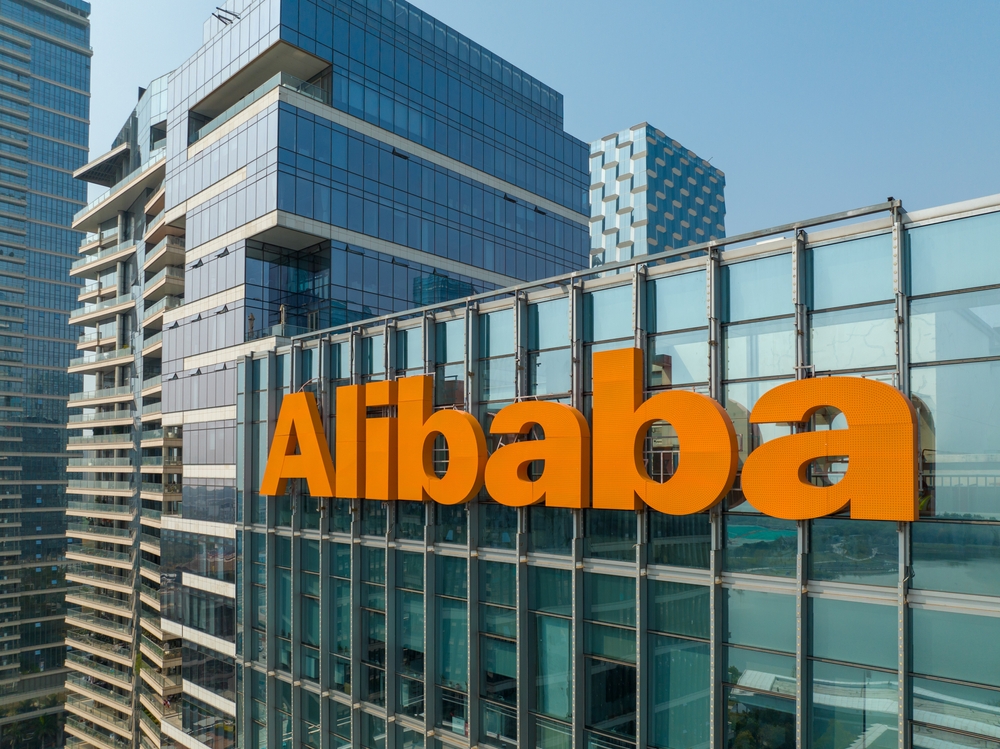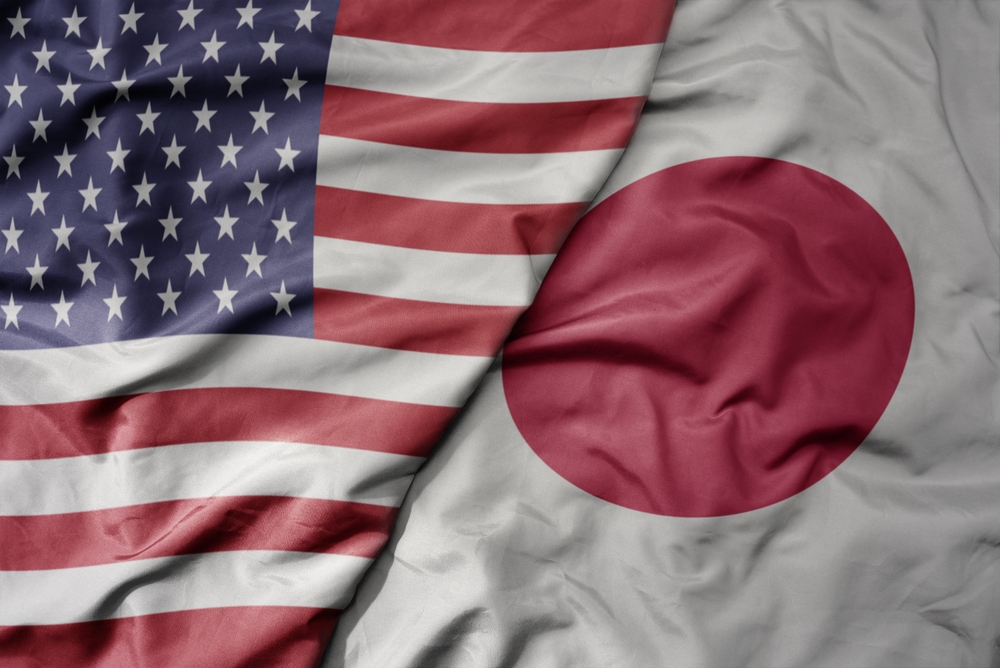
Relation between superpowers China and United States has hit a new low. Mutual rivalry in the Pacific has becoming more menacing with intense sabre rattling on both sides. U.S. naval vessels have been staging manoeuvre in what U.S. see as Chinese expansionism. Also, with new American sanction against the crackdown in Hong Kong and tit-for-tat consular closures, our question is: USA vs China: A new Cold War?
How It Started?
The United States and China are the two largest economies in the world. Chinese foreign trade grew rapidly after its ascension into the World Trade Organisation in 2001, with bilateral trade between the U.S. and China almost US$559 billion in 2019.
However, that trade was seems lopsided, with the U.S. running a large and growing trade deficit with China, which became a major political issue in the 2016 U.S. presidential campaign. The U.S. trade shortfall rose to US$375.6 billion in 2017 before the start of the trade war, from US$103.1 billion in 2002.
On the campaign, soon-to-be-President Trump stood imposing that China were practicing in large part on unfair trading practises, including intellectual property theft, forced technology transfer, lack of market access for American companies in China and an unlevel playing field caused by Beijing’s subsidies for favoured Chinese companies. China, meanwhile, believes the U.S. is trying to restrict its rise as a global economic power.
The US-China trade war started on July 6, 2018, when the U.S. imposed a 25% tariff on US$34 billion of Chinese imports, the first in a series of some other tariffs imposed during 2018 and 2019. The deficit rose further to US$378 billion in 2018, before easing slightly to US$345.6 in 2019, according to the Office of the U.S. Trade Representative.
At its peak at the end of 2019, the U.S. had imposed tariffs on more than US$360 billion worth of Chinese goods, while China had retaliated with import duties of their own worth around US$110 billion on U.S. products.
It continued to escalate, with both countries imposing various import tariffs on each other’s products until an agreement in principle on a phase one trade deal was reached in mid-December 2019. The phase one trade deal was formally signed on 15 January 2020, with its provisions taking effect on 15 February 2020.
What is the Phase One Trade Deal?
U.S. President Trump and China’s chief negotiator, Vice-Premier Liu He, signed the phase one trade deal at the White House on 15 January 2020. As part of the deal, China agreed to buy an additional US$200 billion of American goods and services over the following two years.
Those additional purchases would be made up of around US$77 billion in manufacturing sector, US$52 billion in energy sector, US$32 billion in agricultural goods and US$38 billion in services. The latter includes tourism, financial services, and cloud services.
China also pledged to remove barriers to a long list of U.S. exports, including beef, pork, poultry, seafood, dairy, rice, infant formula, animal feed and biotechnology, Trump said.
The deal also resulted in the U.S. suspending a new 15% tariff planned for December 15 on around US$162 billion of Chinese goods, with an existing 15% imports duty worth around US$110 billion slashed half to 7.5%. China also suspended retaliatory tariffs scheduled for that day.
However, while a truce was effectively declared in the Phase 1 trade deal, some of other major tariffs were still not eased.
What is Next in the U.S.-China Trade War?
When the phase one trade deal was signed, Trump insisted that negotiations on a phase two trade deal would start immediately to address issues such as Chinese government subsidies that were not addressed in the first deal. However, the chances of quick progress were immediately played down by Liu. The rapid spread of the coronavirus outbreak starting in January 2020 effectively postponed negotiations indefinitely.
President Trump has so far resisted pressure to ease the trade tariffs to offset the damage the coronavirus pandemic is doing to the global economy. With U.S. and Chinese tariffs still in place, and the planned U.S.-China trade deal review initially set for Saturday was delayed with no new date agreed upon, while phase two negotiations on hold, it is unclear how long the trade war will last.















